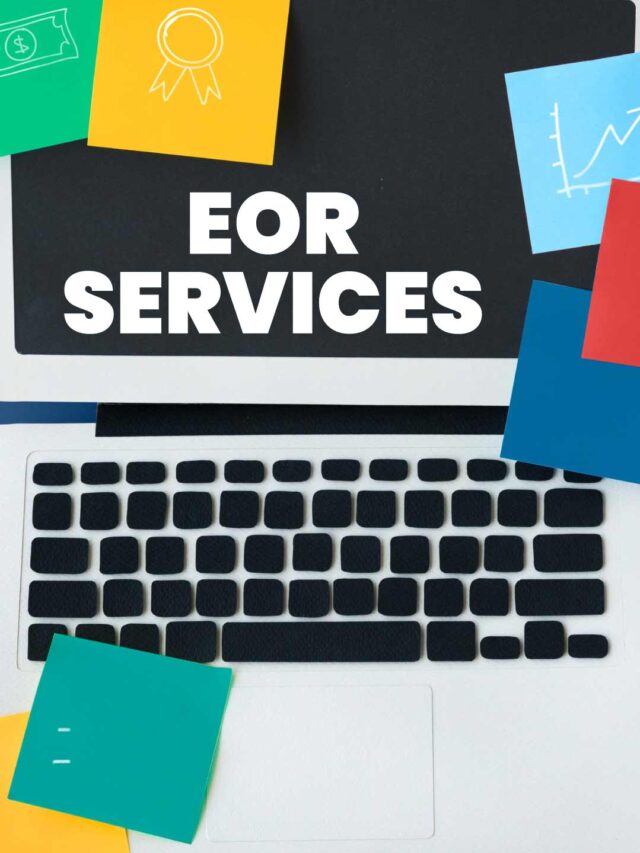
-
June 23, 2023
Alternative Minimum Tax: Advantages & Disadvantages
Introduction
The Alternative Minimum Tax (AMT) is a parallel tax system designed to ensure that individuals and corporations with high incomes pay a minimum amount of tax, regardless of tax deductions and AMT credits. While the AMT serves as a means to prevent tax evasion and ensure fairness in the tax system, it has its share of advantages and disadvantages. In this blog, we will delve into the advantages and disadvantages of the Alternative Minimum Tax, shedding light on its impact on taxpayers and the economy.
Advantages of Alternative Minimum Tax (AMT)
The following are the advantages of AMT:
1. Ensures fairness in the tax system
The AMT was introduced to address concerns regarding high-income individuals and corporations taking advantage of various tax deductions and AMT credits to reduce their tax liability significantly. By imposing a minimum tax, it aims to ensure that everyone pays their fair share of taxes, regardless of the deductions they can claim.
2. Broadens the tax base
The AMT expands the tax base by including certain tax preferences, deductions, and exemptions that are not subject to regular income tax calculations. This helps in capturing income that would have otherwise escaped taxation, thereby increasing government revenue.
3. Discourages aggressive tax planning
The AMT discourages aggressive tax planning strategies employed by high-income individuals and corporations to minimize their tax burden. It limits the effectiveness of certain tax shelters and loopholes, promoting a more equitable tax system.
4. Provides a consistent source of revenue
The AMT ensures a stable and predictable revenue stream for the government. As it imposes a minimum tax obligation, it minimizes the volatility associated with fluctuations in income tax revenues, providing a reliable source of funding for government programs and initiatives.
5. Generates revenue for government programs
The AMT helps generate additional revenue that can be utilized for funding important government programs, such as infrastructure development, education, healthcare, and social welfare initiatives. This revenue can contribute to public investments that benefit society as a whole.
Disadvantages of Alternative Minimum Tax (AMT)
The following are the disadvantages of AMT:
1. Complexity and compliance burden
The AMT adds complexity to the tax system, requiring taxpayers to calculate their tax liability under both the regular tax system and the AMT. This complexity increases the compliance burden for individuals and corporations, necessitating additional time, resources, and professional assistance to ensure accurate calculations.
2. Disproportionate impact on certain taxpayers
The AMT may have a disproportionate impact on taxpayers in certain situations. For instance, middle-class families with high deductions and exemptions, such as those with many dependents or residents in high-tax states, may find themselves subject to the AMT, resulting in higher tax liability.
3. Limited indexing for inflation
The AMT thresholds and exemptions are not adequately adjusted for inflation, leading to more taxpayers being subjected to the AMT over time. Without regular adjustments, even individuals with moderate incomes may find themselves subject to the AMT due to the erosion of the exemption value.
4. Reduces the effectiveness of certain tax incentives
The AMT can limit the effectiveness of certain tax incentives and credits that are beneficial to individuals and corporations. Tax credits related to research and development, investment in renewable energy, and low-income housing may be restricted or entirely phased out under the AMT, reducing their incentive value.
5. Potential negative impact on economic growth
Critics argue that the AMT’s complexity and higher tax burden on certain taxpayers may discourage investment, entrepreneurship, and economic growth. The added compliance costs and reduced tax incentives under the AMT could hinder capital formation and innovation.
Conclusion
The Alternative Minimum Tax (AMT) serves as a mechanism to ensure fairness in the tax system by establishing a minimum tax obligation for high-income individuals and corporations. While it has its advantages, such as broadening the tax base and curbing aggressive tax planning, the AMT also presents challenges and disadvantages, including increased complexity, potential disproportionate impact, and reduced effectiveness of certain tax incentives.
Suggested Read: Everything you need to Know about the MAT and AMT Difference
File Income Tax Returns
Filing of Income Tax return is necessary if you have earned any income. File your ITR with EbizFiling at INR 1199/- only.
About Ebizfiling -










Reviews
Ashish Paliwal
29 Sep 2018Let me be honest and tell you that I did not choose eBiz filing after my initial LLP company registration did to pricing. A lot of companies contact me with better rates so I generally choose them. However, I will still rate eBiz filing 10/10 on work ethics. You guys are professionals in true sense.
Mukesh Kumar
23 Jan 2019Good work.
Neeta Vakhariya
09 Mar 2018Delighted to work with them. Very efficient and hardworking staff.
December 19, 2025 By Dhruvi
What is UDIN? Everything You Need to Know About UDIN Number Begin with, If you have ever submitted a document certified by a Chartered Accountant, you may have noticed a long number mentioned on it. Many people ignore it or […]
December 18, 2025 By Steffy A
Subscription Traps: Auto-Renew OIDAR Tax Risks Introduction Subscription traps are becoming common across digital platforms that rely on auto-renew models. Many global companies overlook how these subscriptions trigger OIDAR tax liability in India. This gap often leads to serious tax […]
December 18, 2025 By Dhruvi
Should business advisors learn fundraising compliance basics? To Start With, When a founder begins their startup journey, the first person they usually speak to is a business advisor, not a lawyer or an accountant. Advisors become the early voice of […]